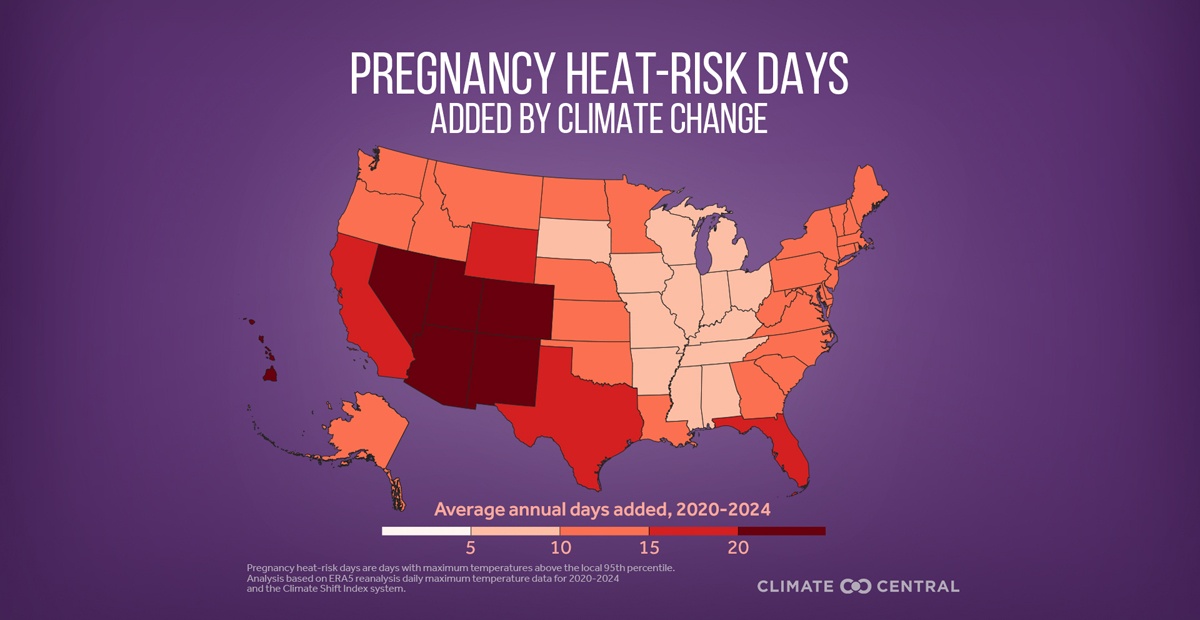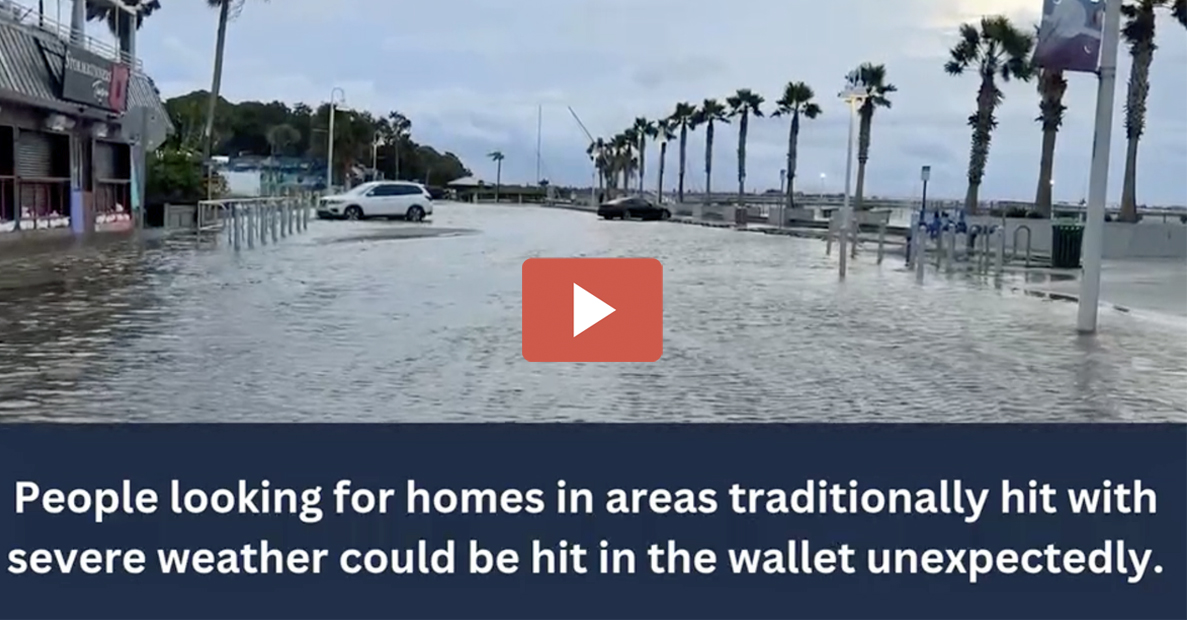Dear Friends,
When you drive near a cliff’s edge at night, do you turn off your lights and hit the
accelerator?
Sounds reckless and frightening, but that’s what we are about to do.
This cliff is climate change, a descent to an increasingly inhospitable world that will bring pain and financial damage. Just at the time when we should be most cautious, the administration is “turning off the lights” by shutting down the science that illuminates the dangers and gives us critical information to prepare for or avoid the damages ahead. At the same time, federal departments and agencies are increasing our speed toward danger by deregulating greenhouse gas emissions and by rolling back clean energy.
It doesn’t make sense – economically or politically. It’s one thing to deny climate change when it is in the far-off future; it’s another thing when it is impacting constituents’ pocketbooks and safety right now. Especially when, in contrast, the clean-energy transition holds so much promise for economic gain.
Let’s get away from hyperbole and focus on the key facts:
Climate change is inflationary. It is driving up the costs of food, insurance, infrastructure, health care, and energy.
Climate change is disruptive. Human productivity declines as heat increases, and more frequent natural disasters endanger supply chains, manufacturing centers, and markets.
Climate change policy, now threatened by the administration, benefited red and blue states alike across the nation and was successfully reshoring manufacturing and creating jobs and economic opportunity – with most of the investment in red-leaning districts.
Electricity demand is exploding due to AI, data centers, and electrification. Fossil fuels cannot meet the moment – natural gas plants have tripled in cost since 2022 and face severe supply chain shortages, limiting significant expansion until 2030. They are predicted to handle only 16% of the increased load. Disinvesting from renewables, which are now cheaper, more stable, and quicker to build, will make it more difficult to meet that demand.
Pretending dangers don’t exist won’t make us safer. Thwarting new technology that can provide cleaner, cheaper, safer energy won’t make us richer.It’s up to us – conservatives and liberals alike – to demand that the headlights get turned back on, that we slow our trajectory toward the edge, and that our government is working to ensure our economic future, not venerating our economic past.
Sincerely,
Kathleen Biggins
Founder and President![]()
Notable Quote
“The [administration’s] decision [to say the costs to the economy from climate change is zero] is like Alice in Wonderland’s Humpty Dumpty, who said ‘Words can mean whatever I choose them to mean.’ So, yes, it is possible to have policies that assume climate change will have no impacts, but that does not make it so.”
– Michael Greenstone, an economist at the University of Chicago
News of Concern
The Trump administration’s retreat from climate action is markedly out of step with the rest of the world and doesn’t jibe with the majority of Americans, who are embracing clean energy as critically necessary. Yet it is plowing ahead with policies that will drive up costs and make us collectively less safe. In the past month, the federal government:
- Announced it will stop tracking the costs of extreme weather, which will make it more difficult for scientists and insurers to analyze and plan for disasters.
- Ordered federal agencies to cease factoring in economic damage caused by climate change when drafting regulations.
- Decreased FEMA support for disaster recovery.
- Rolled back efficiency rules for household appliances, potentially raising energy expenses for consumers.
- Stepped up scrutiny of projects in cleantech that would modernize our power grid, make batteries, and create other energy technology, putting crucial financial support at risk.
These moves are happening at a fraught time, when the Federal Energy Regulatory Commission (FERC) warns that the looming summer heat and our increased power demand will cause significant strain on our grid, a network that is rickety at best. We have plenty of energy waiting in the queue to get on the grid (more than double our current generation capacity) if we could speed up permitting and expand transmission. That said, almost all of it – 95% – is in renewables and batteries, energy forms the administration does not favor.
It’s not only blackouts we have to worry about. Our electricity costs are rising because utilities are spending billions to harden their energy networks from more ferocious and frequent natural disasters. In a one-two punch, demand is also rising rapidly, fueled primarily by the insatiable hunger of AI and data centers – and ratepayers will be on the hook for much of the cost. One of the best ways to mitigate these increases? You guessed it: the faster we move toward renewables, the faster and more we will save, according to the venerable International Energy Agency (IEA).
It’s important to realize that we have to upgrade our grid no matter what type of energy we support. As we saw from the recent widespread outage in the New Orleans area (which uses renewables for just 2% of its power generation) and the colossal blackouts in Spain and Portugal (which were using clean energy for 69% for their power generation), traditional grid-management techniques are not up to the task. We have developed new tools to balance and optimize our grids – if we prioritize and invest in them.
There’s one more concern we’d like to share before moving on to the greener pastures. Despite pledges by dozens of countries to end deforestation, the world lost a Panama-sized swath of tropical forest last year. Tropical forests absorb a lot of carbon: losing them will make it harder to stay at safe temperature levels. Experts call it a wake-up call – but are we listening?
News of Hope
In a world of unintended consequences and irony, the president’s actions on tariffs – coupled by OPEC’s response – are creating headwinds for domestic oil and gas production, despite his avowed goal to boost fossil fuels. It’s a reminder that oil and gas are impacted by global markets and that they are much more volatile than homegrown renewable energy. In fact, oil prices are so low that producers are hesitating to explore and drill, and drillers are warning we may have reached “peak shale” domestically.
More good news? For the first time in modern history, China’s annual CO2 emissions appear to be trending downward, even as its economy and energy usage is growing. This decline is driven by its huge pivot toward clean energy. As the world’s largest greenhouse gas emitter (China still depends on coal for much of its energy), this is critically important, and has happened much more quickly than experts expected.
Back home, we have only to look at Texas to see how effective renewables are in powering the grid. The Lone Star State is a prime example of how solar and wind not only can keep the power on during extended heat waves, it is a model of how rural areas can benefit economically from a “crop” that is easy to raise. Texas businesses are investing in renewables not because they are anti-carbon or green, but because they are good for the bottom line. And ratepayers seem to agree as legislation that would have restricted renewables (and raised electricity rates) appears to be dead in the GOP-led state House of Representatives – and legislation supporting rooftop solar appears to have passed.
The administration has cherry-picked one form of clean energy – and it’s one that the Biden White House also favored. President Trump has declared that nuclear power will play an important role in our energy future. While we fervently hope that safety isn’t sacrificed as projects are fast-tracked, new nuclear designs do hold a great deal of promise. It’s particularly timely as China races toward becoming the world leader in nuclear energy, with 55 reactors built and 23 more in the works. The U.S., by comparison, has 94 reactors – but it took us 40 years to build what China has done in 10 years.
In another positive turn, the administration has lifted its ban on the major New York offshore wind project that is a critical part of the state meeting its clean-energy standards. It’s too soon to say if this about-face signifies a softening of Trump’s resistance to wind, but 17 states and the District of Columbia filed lawsuits in May against the administration to try to move forward with a multitude of wind projects around the country.
In another clean-energy win, schools from Utah and Kentucky to Massachusetts have been able to use IRA tax credits to switch to geothermal energy to heat and cool their facilities. Geothermal is more expensive upfront, but once built provides cooling and heating three to four times more cheaply than using fossil fuels. Geothermal energy can power schools safely and for much less money, freeing up funds for salaries and facility upgrades.
And we were bolstered to learn that voices against clean energy in the United States are being met with some resistance internationally. Despite U.S. pressure, the heads of the central banks and regulators that make up the Basel Committee on Banking Supervision rejected a proposal to dissolve a task force overseeing climate work, stressing the importance of addressing the financial dangers we face as temperatures rise.
Finally, this series on clean-energy jobs in rural America just warms our hearts. These tales of how real people are benefiting from the energy transition show the power of clean technology – not just in keeping our lights on, but in helping our neighbors and communities grow and thrive. Pour a cup of tea and enjoy.
Notable Graphic

Pregnancy is tough on the body under normal circumstances, but high heat raises the risk of hypertension, gestational diabetes, maternal hospitalizations, preterm birth, and maternal and infant mortality. In the past five years, climate change has nearly doubled the number of heat-risk days in 99 major U.S. cities.
Notable Video
A new report from First Street says credit scores and mortgages may be affected if damages from climate disasters are factored in. It’s a particularly sobering concern for people who live in areas that are at high risk for wildfire, tornadoes, and hurricanes.



